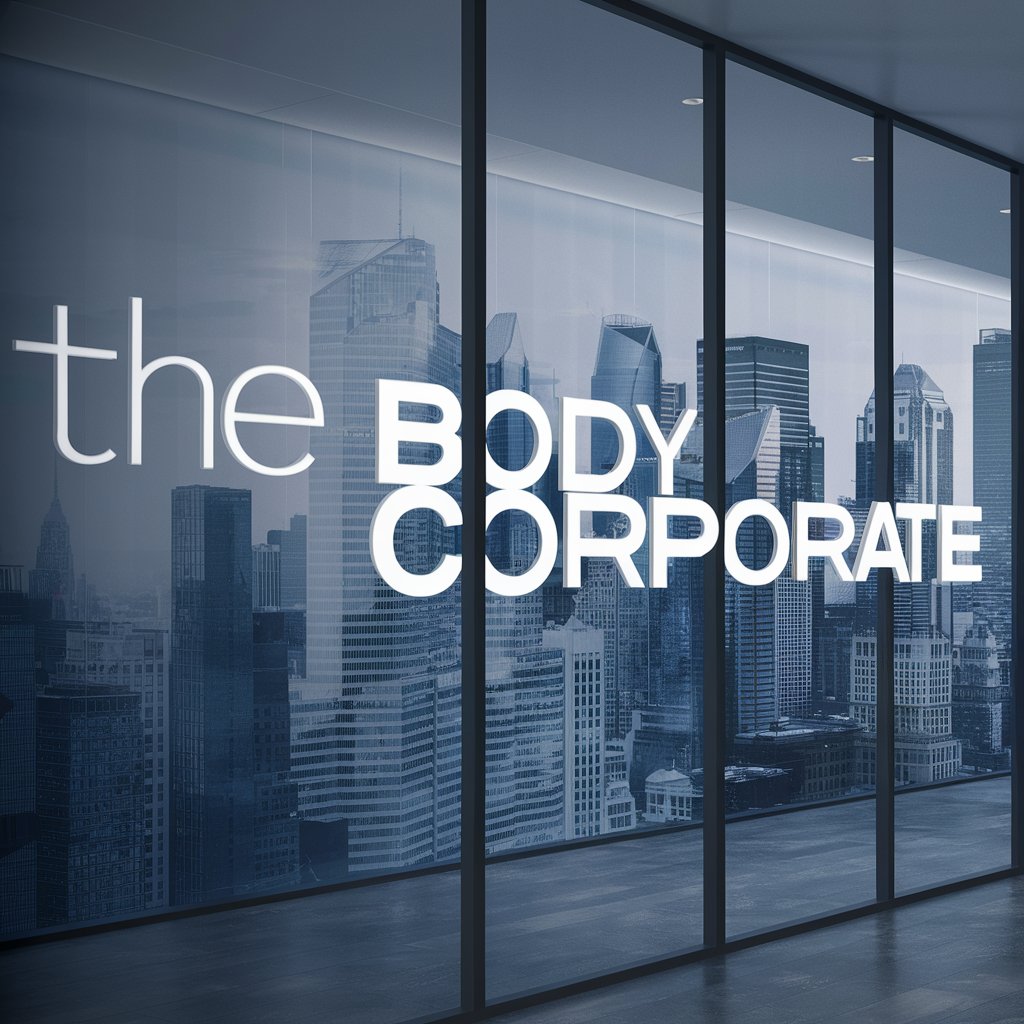In the quest for environmental sustainability, the role of refrigerants in heating, ventilation, and air conditioning (HVAC) systems is undergoing a significant transformation. This shift is not just a response to the growing environmental concerns but also a proactive measure to mitigate the adverse effects of traditional refrigerants on our planet. Among the pioneers in adopting and promoting sustainable refrigeration solutions is Sarkinen Heating and Cooling in Vancouver, a company that has been at the forefront of integrating eco-friendly practices in its HVAC services. This article delves into the world of sustainable refrigerants, exploring their benefits, challenges, and impact on the environment.
The Urgent Need for Sustainable Refrigerants
Historically, the HVAC industry relied heavily on refrigerants that, while effective in cooling and heating, posed significant environmental risks. These substances, particularly chlorofluorocarbons (CFCs) and hydrochlorofluorocarbons (HCFCs) have been linked to the depletion of the ozone layer and the exacerbation of global warming. The call for sustainable refrigerants is thus a response to these urgent environmental issues, aiming to replace harmful substances with eco-friendly alternatives.
Advancements in Refrigerant Technology
The evolution of refrigerant technology has been remarkable, with newer, more sustainable options coming to the forefront. These include Hydro Fluoro Olefins (HFOs), natural refrigerants like carbon dioxide (CO2), and ammonia (NH3), and hydrocarbons (HCs) such as propane and isobutane. Each of these alternatives presents a lower global warming potential (GWP) and zero ozone depletion potential (ODP), marking a significant step forward in environmental protection.
Sarkinen Heating and Cooling’s Role in Promoting Eco-Friendly Practices
Sarkinen Heating and Cooling in Vancouver has been a proactive advocate for the transition to sustainable refrigerants. Their commitment to eco-friendly HVAC solutions is evident in their choice of refrigerants that minimize environmental impact without compromising efficiency. By adopting and promoting these sustainable alternatives, Sarkinen is helping to set new industry standards for environmental responsibility.
The Benefits of Sustainable Refrigerants
Sustainable refrigerants offer a multitude of benefits, both environmental and economic. Environmentally, they significantly reduce the potential for ozone layer depletion and lower the greenhouse gas emissions responsible for global warming. Economically, these refrigerants can lead to more energy-efficient systems, reducing energy consumption and lowering operational costs for homeowners and businesses.
By incorporating sustainable refrigerants into their practices, companies like Sarkinen Heating and Cooling are not just participating in an industry trend; they are setting a precedent for environmental responsibility and energy efficiency that will likely influence future standards and regulations in the HVAC sector. This movement towards sustainability is a testament to the industry’s capacity for innovation and adaptation in response to the planet’s most pressing ecological challenges.
Challenges in the Transition to Sustainable Refrigerants
Despite their benefits, the transition to sustainable refrigerants is challenging. These include the need for new equipment and systems designed to work with these alternatives, the potential flammability or toxicity of some eco-friendly refrigerants, and the initial cost of transitioning to new systems. However, with ongoing research and development, these challenges are being addressed, paving the way for a more sustainable future in HVAC technology.
As we delve deeper into the significance of sustainable refrigerants, it’s crucial to understand the broader impact beyond immediate environmental benefits. The adoption of eco-friendly refrigerants by industry leaders like Sarkinen Heating and Cooling in Vancouver not only marks a shift toward reducing harmful emissions but also signifies a transformative approach to energy consumption and cost efficiency over the long term.
Potential Challenges
Natural refrigerants such as CO2 and ammonia, despite their potential challenges in terms of toxicity and flammability, offer superior thermodynamic properties that can lead to significantly higher energy efficiency in refrigeration systems. This efficiency translates into reduced energy costs for consumers and lower carbon footprints for businesses, exemplifying a win-win scenario for the economy and the environment alike.
Moreover, the push for sustainable refrigerants is fostering innovation within the HVAC industry, leading to the development of advanced cooling technologies that are compatible with eco-friendly alternatives. These technologies not only enhance the performance and reliability of HVAC systems but also contribute to the global effort to combat climate change by minimizing dependency on fossil fuels.
Conclusion
The transition to sustainable refrigerants is a critical step in the fight against climate change and environmental degradation. Companies like Sarkinen Heating and Cooling in Vancouver are leading the charge, demonstrating that it is possible to achieve high-efficiency cooling and heating solutions without sacrificing the planet’s health. As technology advances and the industry continues to evolve, the adoption of eco-friendly refrigerants will play a pivotal role in shaping a sustainable future for HVAC systems worldwide. This shift not only reflects a commitment to environmental stewardship but also offers a blueprint for others in the industry to follow, highlighting the importance of innovation and responsibility in tackling some of the most pressing environmental challenges of our time.






